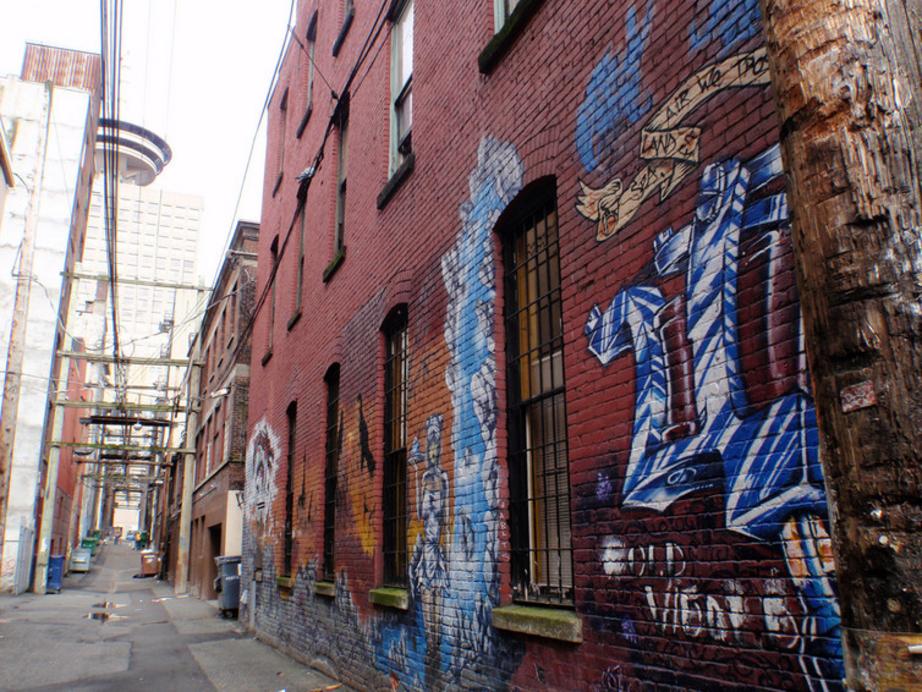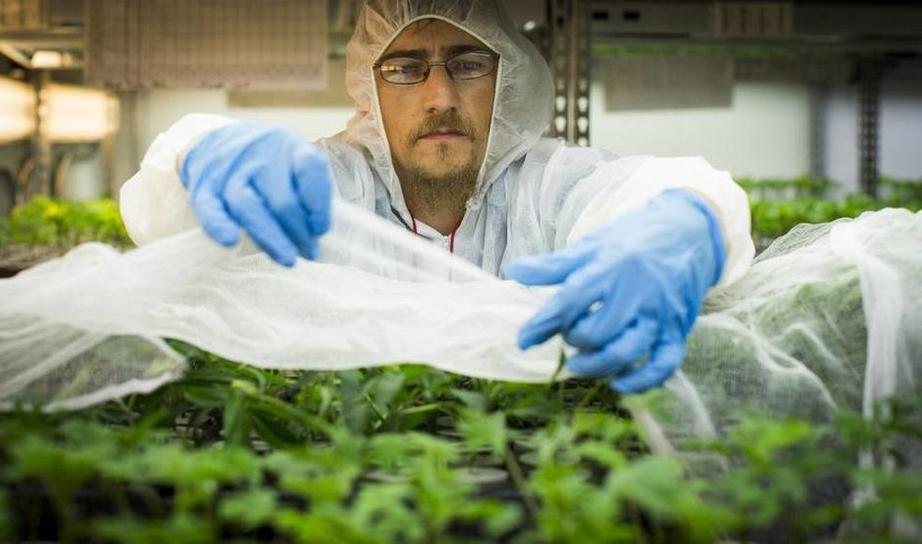Study: cannabis may reduce crack use
North America is in the midst of a drug overdose disaster. In British Columbia, Canada, where nearly 1,000 people died of overdose in 2016, officials have declared a public health emergency.
While over-prescription of painkillers and contamination of the illegal opioid supply by fentanyl, a potent synthetic analgesic, are at the heart of the problem, opioid users are not the only ones at risk. Public health officials in BC are warning that fentanyl has been detected in many drugs circulating on the illicit market, including crack cocaine.
.
 Testing in BC has found deadly fentanyl in crack
Testing in BC has found deadly fentanyl in crack
The possibility of opioid overdose is an unusual new threat for people who use crack, which is a stimulant. Its consumption, either through smoking or injection, is not necessarily deadly.
If misused, though, crack can certainly cause health harms, including cuts and burns from unsafe pipes. Sharing pipes can also transmit infectious diseases such as HIV and hepatitis C. In the long run, frequent and heavy crack consumption may contribute to psychological and neurological complications.
Despite the estimated 14 to 21 million cocaine users worldwide, the majority of whom live in Brazil and the United States, scientists have yet to find an effective medical treatment for helping people who wish to decrease problematic use of the drug.
Cannabis-assisted treatment
Now Canadian scientists are working on an unconventional substitution for it.
Research done by the BC Centre on Substance Use in Vancouver shows that using cannabis may enable people to consume less crack. Could marijuana become to crack what methadone is to heroin – a legal, safe and effective substitute drug that reduces cravings and other negative impacts of problematic drug use?
Between 2012 and 2015, our team surveyed more than 100 crack cocaine users in the city’s Downtown Eastside and Downtown South neighbourhoods. These are poor areas where crack is common among people who use drugs. We found that people who intentionally used cannabis to control their crack use showed a marked decline in crack consumption, with the proportion of people reporting daily use dropping from 35% to less than 20%.
Data for this study, which was recently presented at the Harm Reduction Conference in Montreal, were drawn from three open and ongoing prospective cohorts of more than 2,000 people who consume drugs (not necessarily just stimulants). They were the Vancouver Injection Drug Users Study (VIDUS); the AIDS Care Cohort to Evaluate exposure to Survival Services (ACCESS); and the At-Risk Youth Study (ARYS).
We used harmonised procedures for recruitment, follow-up and data collection. Individuals in these cohorts were recruited through snowball sampling and extensive street outreach in the Downtown Eastside and Downtown South areas.
 Vancouver’s Downtown Eastside has a history of innovative harm reduction responses to drug use.
Vancouver’s Downtown Eastside has a history of innovative harm reduction responses to drug use.
First, we asked participants if they had substituted one drug for another in order to control or slow down their consumption. A total of 122 participants (49 from VIDUS, 51 from ACCESS, and 22 from ARYS) reported that they had done so at least once in the last six months. These were the subjects included in our analysis, contributing to a total of 620 interviews over three years.
When we analysed these participants’ crack use histories over time, a pattern emerged: significant increases in cannabis use during periods when they reported they were using it as a crack substitute, followed by decline in the frequency of crack use afterwards.
Self-medication
Our findings are in line with a smaller case-series study in Brazil that followed 25 treatment-seeking individuals with problematic crack use who reported using marijuana to reduce cocaine-related craving symptoms. Over a nine-month follow-up period in that study, conducted by Eliseu Labigalini Jr, 68% of participants had stopped using crack.
As in our study, in Brazil cannabis use peaked during the first three months of follow-up, with only occasional use of cannabis reported in the six months after that.
Qualitative studies in Jamaica and Brazil also indicate that crack users frequently self-medicate with cannabis to reduce cravings and other undesirable effects of crack.
Other research has shown that long-term cannabis dependence might increase cocaine cravings and risk of relapse. Rather than contradict findings from Canada, Brazil and Jamaica, these discrepancies suggest that patterns of cannabis use and dependence, and the timing of self-medication with cannabis, may play a role in individual outcomes.
Building on the finding from this preliminary study, the BC Centre on Substance Use is planning more research to confirm whether using cannabis might be an effective strategy for people seeking to reduce their use of crack or other stimulants, either as harm reduction or as treatment.
Canada’s recent move to legalise and regulate marijuana should facilitate this work. For decades, stigma and prohibition have blocked rigorous scientific evaluation of cannabis. Now these obstacles are beginning to disappear, enabling our team to better understand and unlock the therapeutic potential of cannabinoids.
For the rest of this article please go to source link below.

